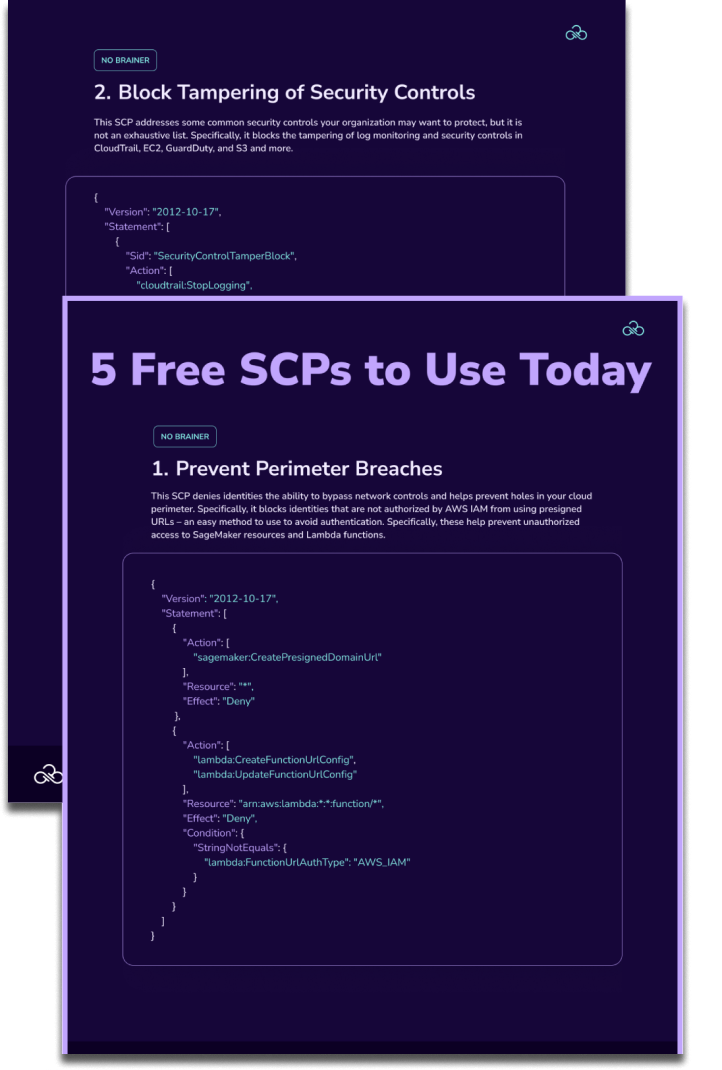Table of Contents

Share this entry

Cloud Security Posture Management, CSPM, is a valuable discipline that helps organizations discover and automatically remediate threats, misconfigurations, misuse, and compliance violations in public clouds. CSPM tools play an important role in securing an environment by reducing the possibility of data breaches. Majority of organizations in 2021 felt some confidence in their cloud security, yet over half of them experienced a breach – a jarring disconnect. With misconfigurations in the cloud being one of the more common causes for a breach, CSPM tools come forth as the clear solution to bringing organizations peace of mind.
While public clouds offer many advantages, their success simultaneously offers the potential for organizational security risks. The rapid adoption of cloud services has led to a proliferation of dynamic and distributed environments. The scale, pace of change, and “sprawl” across multiple public clouds make it difficult for teams to keep pace. At the same time, cloud skills are in short supply. To make ‘misconfigurations’ more tangible – it was reported that 45% of company data exposure was the result of poorly secured S3 buckets and ES databases. It is vulnerabilities like this that are spurring organizations to adopt a CSPM strategy. Let’s break down the ins and outs of a CSPM solution to help you navigate the capabilities.
How Does CSPM Work?
CSPM tools work by examining and comparing a cloud environment against a defined set of best practices and known cloud security issues. Some CSPM tools will alert the cloud customer when there is a need to remediate a security risk, while other more sophisticated CSPM tools will use automation to remediate issues automatically.
CSPM is typically used by organizations that have adopted a cloud-first strategy and want to extend their cloud best practices to hybrid cloud and multi-cloud environments. While Cloud Security Posture Management is often associated with Infrastructure as a Service (IaaS) cloud services, the technology can also be used to minimize configuration mistakes and reduce compliance issues in Software as a Service (SaaS) and Platform as a Service (PaaS) cloud environments.
Cloud Security Posture Management tools are designed to detect and remediate issues caused by cloud misconfigurations. A specific CSPM tool may only be able to use defined best practices according to a specific cloud environment or service, however, so it is important to know what tools can be used in each specific environment. For example, some tools may be limited to being able to detect misconfigurations in an AWS or Azure environment only, or in one account rather than across accounts.
Some CSPM tools can automatically remediate issues by combining continuous monitoring with automation features that can detect and correct issues, such as improper account permissions. Continuous compliance can be configured according to a number of standards, including HIPAA, GDPR, Fin-Tech, etc.
Common Risks CSPM Can Detect
CSPM offerings typically focus on identifying the following types of policy and security violations:
- Lack of encryption on databases or data storage.
- Lack of encryption on application traffic, especially that which involves sensitive data.
- Improper encryption key management such as not rotating keys regularly.
- Excessive account permissions.
- No multi-factor authentication MFA enabled on critical accounts.
- Misconfigured network connectivity, particularly overly permissive resources directly accessible from the internet.
- Data storage is exposed directly to the internet.
- Logging is not turned on to monitor critical activities such as network flows, database access, or privileged user activity.
- Compliance drift.
CSPM Cloud Benefits
Let’s further explore the individual benefits Cloud Security Posture Management tools have to offer in more detail:
Increase Visibility
With a CSPM, your organization will get visibility into all resources, applications, and data in and across your cloud environments, including their security and compliance posture. CSPM tools provide centralized, continuous visibility across cloud environments by analyzing and normalizing different data sources and creating a detailed asset inventory of all identities. CSPMs use graphs and tables that improve your organization’s understanding of security vulnerabilities. Offering visibility into several clouds in one place is extremely valuable for security teams since members rarely have expertise in more than one public cloud environment. CSPM makes risk visualization, incident response, and DevOps integration easier by providing a centralized view across multiple clouds.
Enforce Governance
Organizations are usually very clear on their data security policies, however, this awareness doesn’t always reach all corners of the organization. CSPM can help enforce governance everywhere, helping to take pressure off less security-involved teams e.g. dev teams. CSPM of course helps the security team itself by centralizing all the hundreds of alerts they get on a daily basis from multiple tools and clouds. It offers visibility and monitoring to quickly detect security violations and misconfigurations all while suggesting remediation actions. With CSPM, security governance will always be on.
Simplify Compliance
Data in the cloud is subject to the same privacy, security, and integrity regulations as the data of previously on-prem locations, yet it is much more difficult to demonstrate compliance. Many organizations cannot demonstrate compliance or pass an audit of cloud environments without enduring slow, manual and costly processes, including generating and stitching together multiple reports. Fortunately, there is a way to simplify the compliance process.
CSPM can evaluate your cloud security posture against common compliance frameworks and flag potential vulnerabilities. It also provides on-demand audit-ready reports that span multiple data sources. This allows teams to investigate audit data for unusual behavior or potential account compromise.
Detect Misconfigurations
Threats to cloud data security can come from many vectors, both internal and external. While we’ve discussed the common threat of misconfigurations, organizations must also guard against valid identities misusing data, not to mention malicious insider threats.
Insider threats or threats with stolen credentials are usually not discovered until a breach happens. At that point, teams must manually sift through logs, trying to find the attacker. By creating a baseline of identity behavior, CPSM can continually monitor and help identify and flag atypical behavior.
CSPM Tools Are Necessary
Simply put, complex cloud architectures remain difficult to configure and manage. In fact, Gartner notes that 95% of cybersecurity breaches are caused by configuration errors. Unsurprisingly, protecting a cloud infrastructure from cybercriminals is a highly complex process. This complexity continues to increase as enterprises now leverage a mix of public, private, hybrid, and multi-cloud architectures. Needless to say, old cybersecurity paradigms largely don’t apply to the cloud.
Cloud Security Posture Management tools provide the necessary cloud visibility to detect and prevent configuration errors before they cause a breach. Automated features ensure threats are identified and handled as quickly as possible. Ultimately, these tools offer organizations visibility, protection, and remediation as part of an overarching cloud security strategy and address the security concerns of our modern cloud-based world.
THE ARCHITECT
The Newsletter for Cloud Security Leaders. 1x a month.
Sonrai cloud security platform, products and services are covered by U.S. Patent Nos. 10,728,307 and 11,134,085, together with other domestic and international patents pending. All rights reserved.




